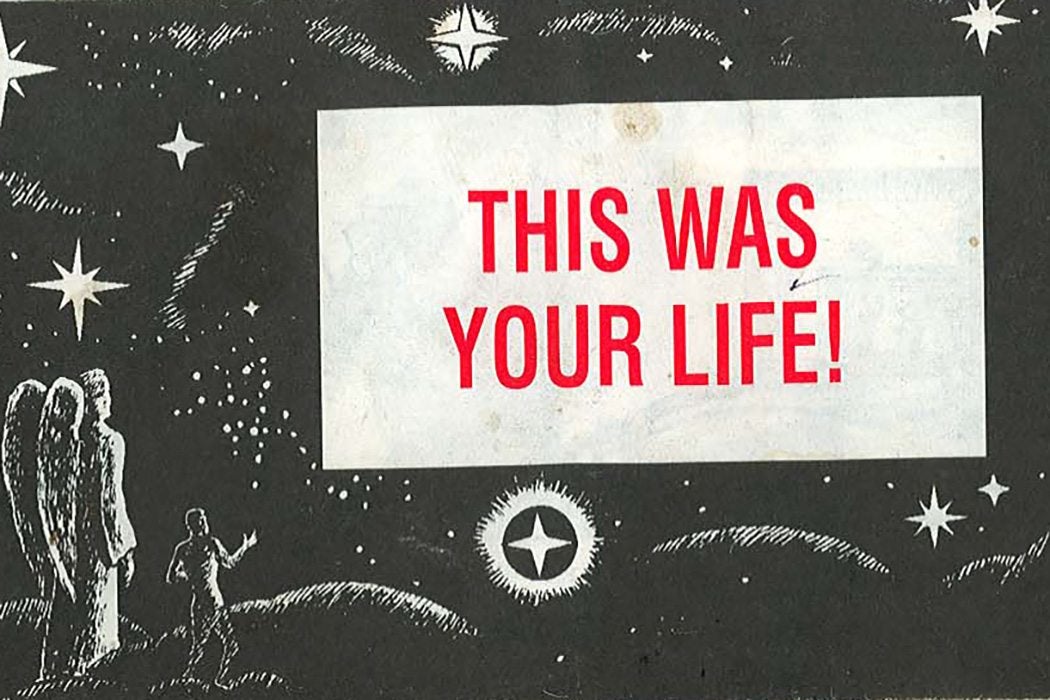Jack Chick, the pop-culture-savvy cartoonist who died on October 23, has been called the “most widely read theologian in history.” Hundreds of millions of his comic-book style fundamentalist tracts, railing against Dungeons & Dragons, rock music, and Halloween, have been distributed since the 1970s. One of the striking aspects of Chick’s work was his particular animosity toward the Catholic Church. In a 2008 paper, Michael Ian Borer and Adam Murphree explained how Chick’s anti-Catholic cartoons fit into the broader world of fundamentalist Protestants.
Borer and Murphree write that there is a long history of anti-Catholic (as well as anti-Semitic) hostility within American Protestantism. But, since World War II, a “New Ecumenism” has brought Protestants, Catholics, and Jews together in an alliance against secular social forces. Well-known evangelical leaders like Billy Graham, Pat Robertson, and James Dobson generally subscribe to this ecumenical view.
And yet, the popularity of “Chick tracts” suggests just how close to the surface old anti-Catholic sentiments lie. Borer and Murphree write that the small 24-page comics are distributed by individuals and religious groups within a loose network of “Bible-believing” churches.
Chick tracts offer pop-culture laced stories on familiar Christian conservative topics like abortion, AIDS, and gang violence. One tract retells the story of Jonah as “The First Jaws.” Another portrays the devil as a horror-movie villain murdering unsaved teenagers.
But, again and again in the comics, the Roman Catholic Church emerges as a serious social problem. Analyzing all the Chick tracts they could find, Borer and Murphree found a number that focused specifically on the evils of Catholicism. “The Death Cookie,” for example, depicts a ruler who invents a religion to control his people, which is subsequently equated with Catholicism, with the communion wafer as the titular cookie. In others, anti-Catholic messages are a secondary theme, or simply implied (as in “The Last Generation,” a dystopian story in which the sinister world government broadcasts from “The World Court headquarters in Rome,” without a direct reference to Catholicism.)
Borer and Murphree argue that the anti-Catholic messages gain their appeal by connecting Catholicism with various social evils. In the comic book pages, a Catholic priest comforts a movie star without confronting his immoral behavior because he made a big donation to the church. Popes throughout the ages commit pedophilia and murder. The Catholic Church creates Islam as part of a plot to capture Jerusalem.
All this is well beyond the normal bounds of Protestant fundamentalist messaging in modern America, of course. But Borer and Murphree argue that Chick’s work, and its mass distribution by members of the religious right, can give us insight into the flexibility of all sorts of ideologies. As they write, “It suggests that the culture war itself is simply another cultural resource that is subject to the same extraordinary malleability as any other cultural product.”







